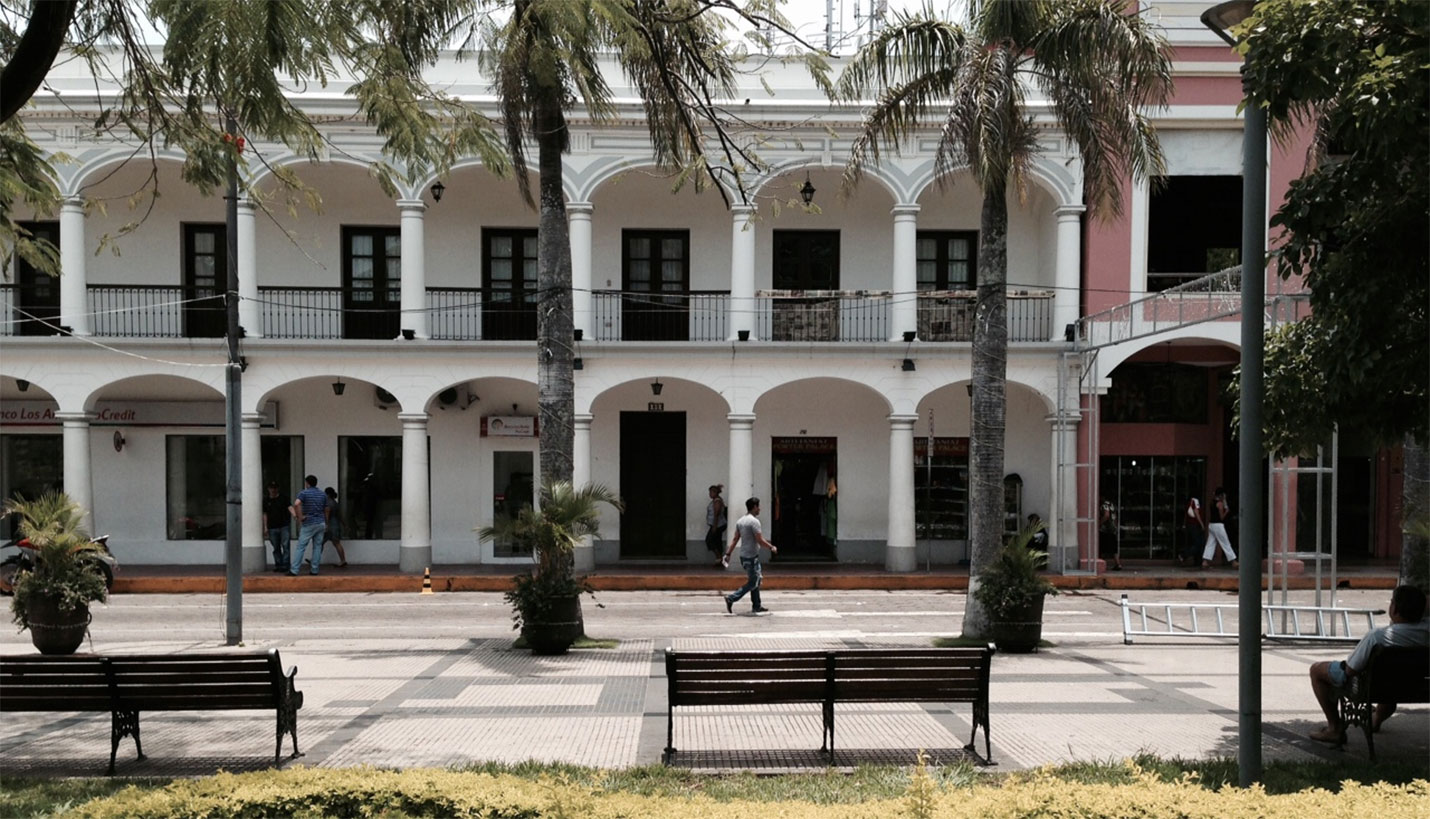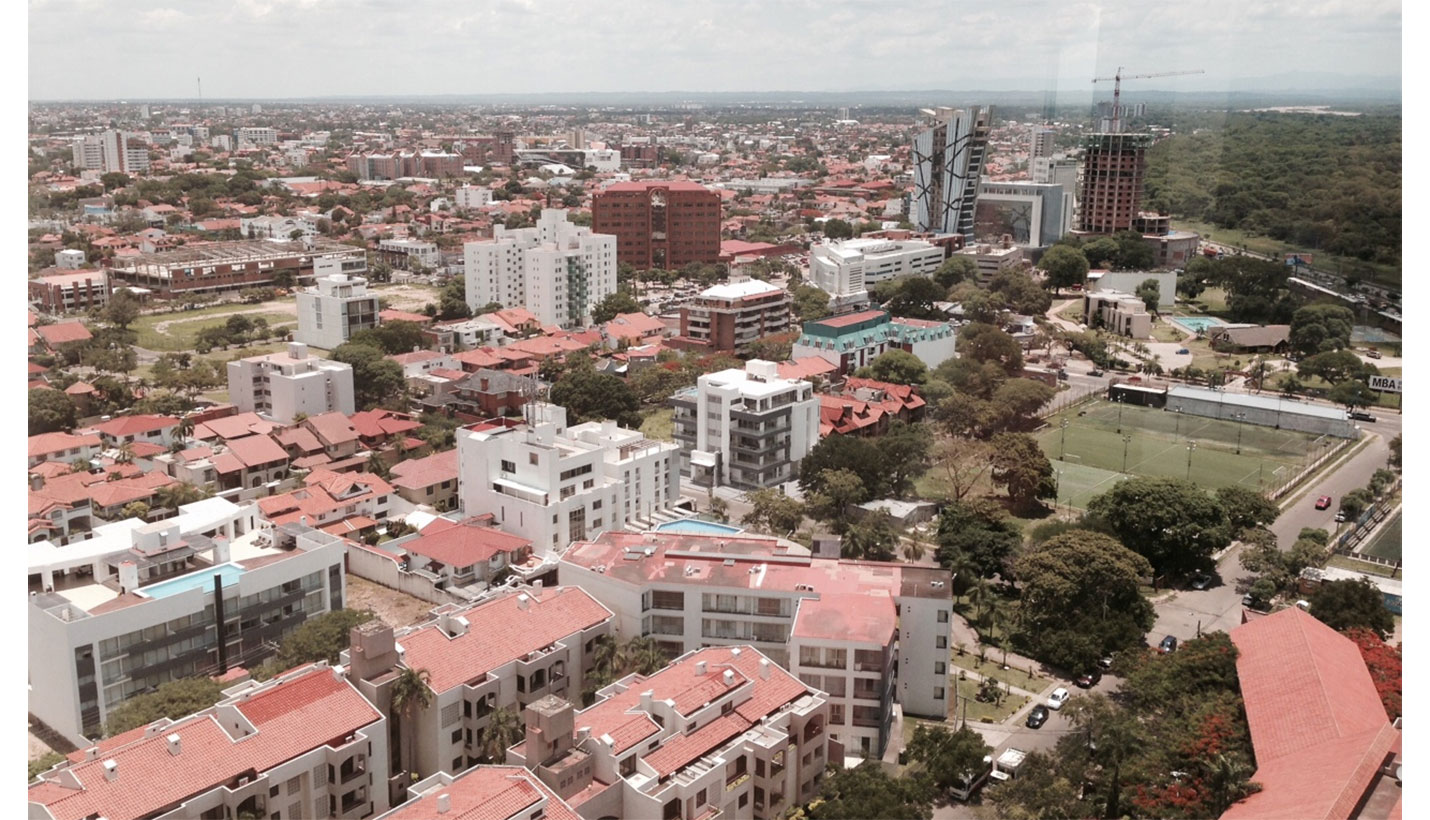What Does 'Global Architecture' Mean?
I recently traveled to Bolivia to participate in the XIII Seminario Internacional de Arquitectura, a biennial architectural conference held at the University of Santa Cruz de la Sierra. I had spoken at the same conference fourteen years ago and, as was the case before, I really got my eyes opened about the current state of architecture in Bolivia and elsewhere in South America. Three things particularly impressed me:
- We in America have a terrible misconception about many other parts of the world. The picture portrayed in both general and architectural media seems really twisted. South America is mostly off the radar screen, although we do get a tiny glimpse occasionally. When it is portrayed, we see massive favelas or a few precious object buildings.
Both of the times I have spoken in this recurring conference in Bolivia, as well as the exposure I have had through the annual Latitudes conferences at University of Texas at Austin, have opened a window to a very sophisticated group of architects practicing in South America and to economies that are thriving and building at an impressive rate. Talking with many of the architects in Bolivia it is clear they plowed though the 2008 economic downturn hardly missing a beat. They are executing impressive school building programs, large neighborhoods of well-designed medium density housing and suburban planning that puts our ad hoc mish-mash in the US to shame.
- I was also impressed by the huge change that has happened in Santa Cruz since 2000. The city has boomed, and has actually developed in a fairly orderly and intentional way. There is a beautiful central historical core that is being nicely preserved and enhanced through careful controls and guidelines.
Still following a City Beautiful plan from the early 20th century, concentric rings of neighborhoods have been developed around the core. Traffic is served by a series of radial and ring roads that have been consistently implemented over decades. Santa Cruz is a garden city, and it reminds me of similarly well-planned cities in Australia.
The amount of construction is amazing, with design supplied by architects from Bolivia as well as other parts of South America. Both in the older part of the city, with its central square and the main cathedral, as well as on the periphery, there is evidence of really good urban design work that is actually being implemented.
- The conference leaders assigned a number of architecture students from the Universidad Privada de Santa Cruz de la Sierra to take care of me, and the rest of the speakers who represented other countries in South America. These students were incredible—bright, enthusiastic, curious and engaging. They have tremendous pride in their region and their city and are extremely knowledgeable about both its history and its current development.
Their university has many travel and exchange programs all over the world, so these students had been around and knew global architecture as well as they knew the local scene. The students and faculty leaders loaded me up with recently published books about both local and larger regional architecture in Bolivia and elsewhere in South America. Through both the educational system and scholarship/publications, this culture is investing in a vigorous and promising future.
In the US we talk about globalization in architecture, but the content is pretty shallow and the perspective is sadly warped. We hear a lot about Dubai and China—especially when big name architects from Europe and America plop their latest confection there. But we know almost nothing about rapidly developing parts of the world like South America where there are many promising things happening in our field.
Contributed By
Larry Speck
05/05/2014
People
Related Posts
- The Rewards of Teaching
- Constructing the UT Pan American Performing Arts Complex
- B. L. Harbert International
- Sustainability in Action at Page
- Faster building performance analysis helps architects meet AIA 2030 goals
- Tempering the Temporary: Improving thermal comfort and safety in relief shelters
- Evolving Our Building Sciences Practice














